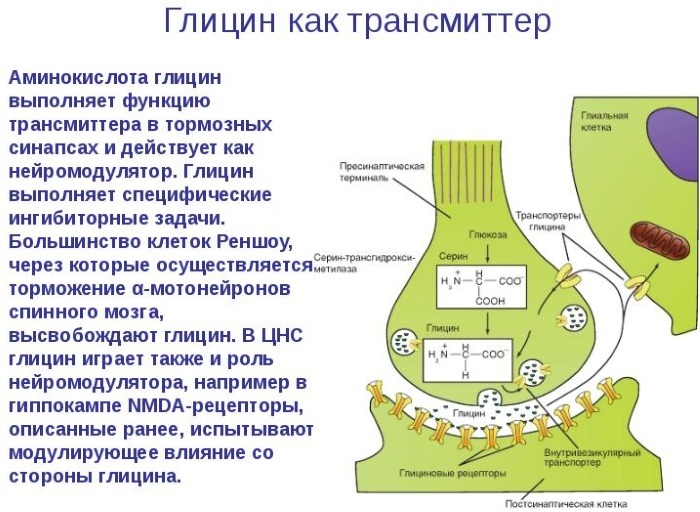Causes alveococcus disease (Alveococcus multilocularis), parasite, which can be in different human organs from the liver to the eye, and even the lungs. But the main body, one is struck by the parasite - the liver, there are many forms of cysts, which lead to serious problems after the formation of metastases. The disease often has a chronic course and ends with the patient to death.

How do you get?
Infection of humans occurs by ingestion of eggs of the parasite, poor hygiene. High risk of infection among hunters and anyone who has anything to do with kakoe- animals. In rare cases, it can be transmitted from pets, but when butchering foxes need to be especially careful.
The disease does not pass from person to person, because he can not reach maturity within the parasite and can not produce eggs. People do not infect alveococcosis each other, it is possible.
Perhaps infected by eating unwashed berries, herbs, which have been contaminated with the feces of various wild animals. In rare cases, the eggs enter the body by inhalation of dust.
exciter
Larvae alveococcus tapeworm Echinococcus multilocularis the cause parasitic diseases, the parasite of the family of echinococci. Experts attribute it to Alveococcus mind, so called alveococcus. In people, this parasite is called the fox tapeworm, because of the fact that it is the foxes are often his final masters.
- The parasite in the larval stage looks like a little bubble with a diameter of 1-20 mm, this knot is vozbuditelzabolevanie alveococcosis both humans and animals. These larvae are dangerous because they have a vegetative reproduction, they may bud and protracted disease conglomerate formed of very small bubbles (vesicles) in the body of the patient. As a result, reproduction they cling tightly to each other, and sometimes fuse together. The bubbles are filled with a viscous fluid yellowish or dark color, they are parasites head (scoleces).
- In the normal life cycle of the parasite such small bubbles prefer small organisms from infected animals, they are rodents, which often feed on foxes and other canids animals. Further, the larvae grow into adult worms living in the small intestine, they multiply. For the development of alveococcus man is a dead end, because the larva will not be swallowed by a definitive host.
In the adult form of the parasite reaches a length of up to 4 mm. This helminth species of flatworms, cestodes class (band), a chain unit (Cyclophyllidea). But it differs from its known counterparts (bovine or pork tapeworm) that is content with just a maximum of five segments, and has not thousands, of others.

Alveococcosis liver
stage of the disease
During alveococcosis secrete several stages:
| asymptomatic | Can last up to 10 years. The disease is found as a random finding during diagnostic examination of a patient on another occasion. |
| uncomplicated | The pathological process is localized in the liver, that is the primary site of the tumor. Patients complain of indigestion. |
| complicated | Characterized by the presence of metastatic tumors, a significant impairment of the function of a number of internal organs. |
symptoms alveococcosis
For a long time (from 5 to 15 years) alveococcosis in humans can occur without symptoms, that is, unnoticed. Its detected during preventive examination or during examination of the patient for other diseases, especially liver on ultrasound (see. Photo).
- Sometimes the first sign alveococcosis - jaundice caused by compression of the biliary tract. It is accompanied yellowness mucous membranes, sclera, skin, pruritus, pale feces, dark urine, signs of intoxication.
- On examination, the patient can be determined significantly increased liver dense, painless, in the background a perfectly normal state of health of the patient. In such a patient the doctor must find out whether he resided for the past 15 years in the high areas alveococcosis spread, was not whether he had contact with wild animals, whether he used untreated berries.
With long-term course of the disease, patients complain of heaviness in the right upper quadrant, fatigue, lack of appetite, weight loss. May slightly increase body temperature.
Effects
The most common complication alveococcosis - jaundice, which occurs due to compression biliary tract. Among others are:
- aspiration pneumonia;
- chronic gromerulonefrit;
- renal failure;
- vasodilation of gastric and intestinal bleeding;
- fever accompanied by shivering and heavy sweats;
- larvotsist breakthroughs in the cavity with the occurrence of peritonitis;
- abscesses accession bacterial infections;
- fistulas in the liver, lung and pleura;
- germination of parasitic node through a gland in the mediastinum and diaphragm, lungs and heart.
Special gravity are marked Alveococcosis malignant metastasis to the brain.

Diagnostics
In a study of patients with suspected alveococcosis turns epidemiological history (living in endemic zones activity hunting of wild berries, pelts processing carcasses and wild animals, occupational hazards and etc.). Early stages are characterized by positive allergy tests (eosinophilia, Casoni reaction with hydatid antigen).
Specific methods alveococcosis laboratory diagnosis include immunological reaction (RIGA, RLA, ELISA), PCR. To identify alveolar echinococcosis liver, the magnitude and location of the parasitic node uses abdominal plain radiography, ultrasound and Doppler liver. Non-invasive alternative to arteriography and splenoportography is computed tomography. In complex situations used scintigraphy liver, diagnostic laparoscopy.
For suspected alveococcosis excluded other focal liver lesions: tumors, hemangiomas, polycystic cirrhosis, echinococcosis. For detection of metastasis carried chest radiography, MRI of the brain, kidney and adrenal ultrasound and t. D.

alveococcosis treatment
When it detects a person alveococcosis regimen consists of three stages. At the first stage, the surgical removal of cysts. If it is localized in the liver it is removed or cyst itself or together with the body part. Complete resection is performed only in 15% of cases. If the observed damage to the brain, surgery may be carried out in case of a successful tumor localization. Sometimes it is not carried out - if the cyst is located in a place where to remove it is not possible. The same can be said for cases where the cyst is located in the lungs.
After the surgery, and those patients in whom it is impossible to carry out surgical removal of cysts are assigned antiparasitic agents. The treatment of such pathology as alveococcosis includes receiving drug albendazole. And to take the medicine the following courses, under medical supervision for a long period (2 to 4 years) period of time. Also, patients with the diagnosis of symptomatic treatment is carried out, consisting in the normalization of those organs which have suffered from a helminth life in the human body.
Prevention of such helminths as alveococcosis, is in compliance with the hygiene requirements, implementation of measures for the destruction of rodents, can be carriers of worms.
Forecast
Forecast at Alveococcosis always serious. Without appropriate treatment killed about 90% of patients within 10 years. Fatal result:
- distant metastasis to the brain;
- infiltration of the tumor into adjacent organs in violation of their functions;
- profuse bleeding;
- liver failure;
- suppurative complications.
Surgical intervention leads to complete recovery, with early diagnosis and prompt treatment, but there is a risk of incomplete removal of nodes and their further development.



